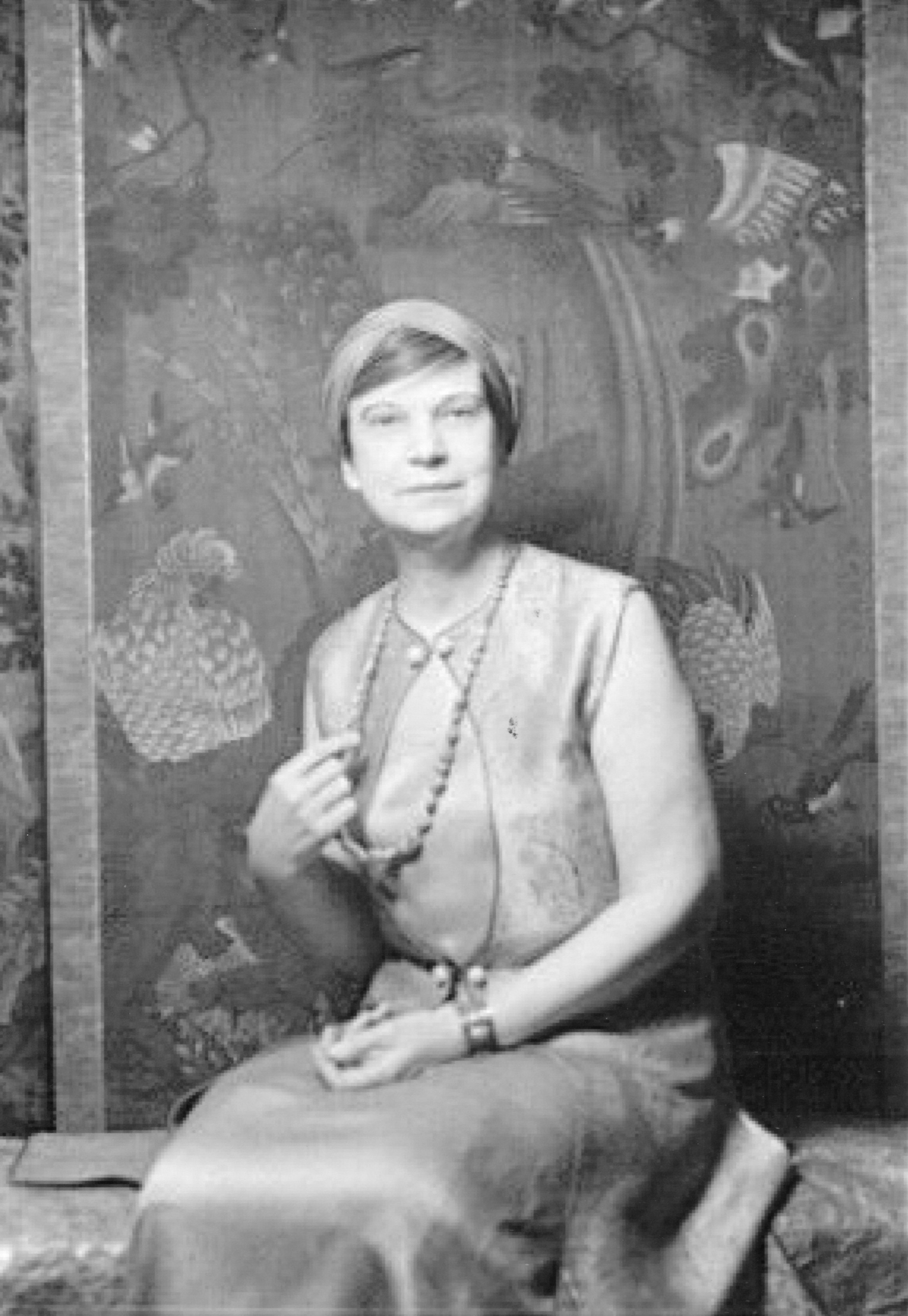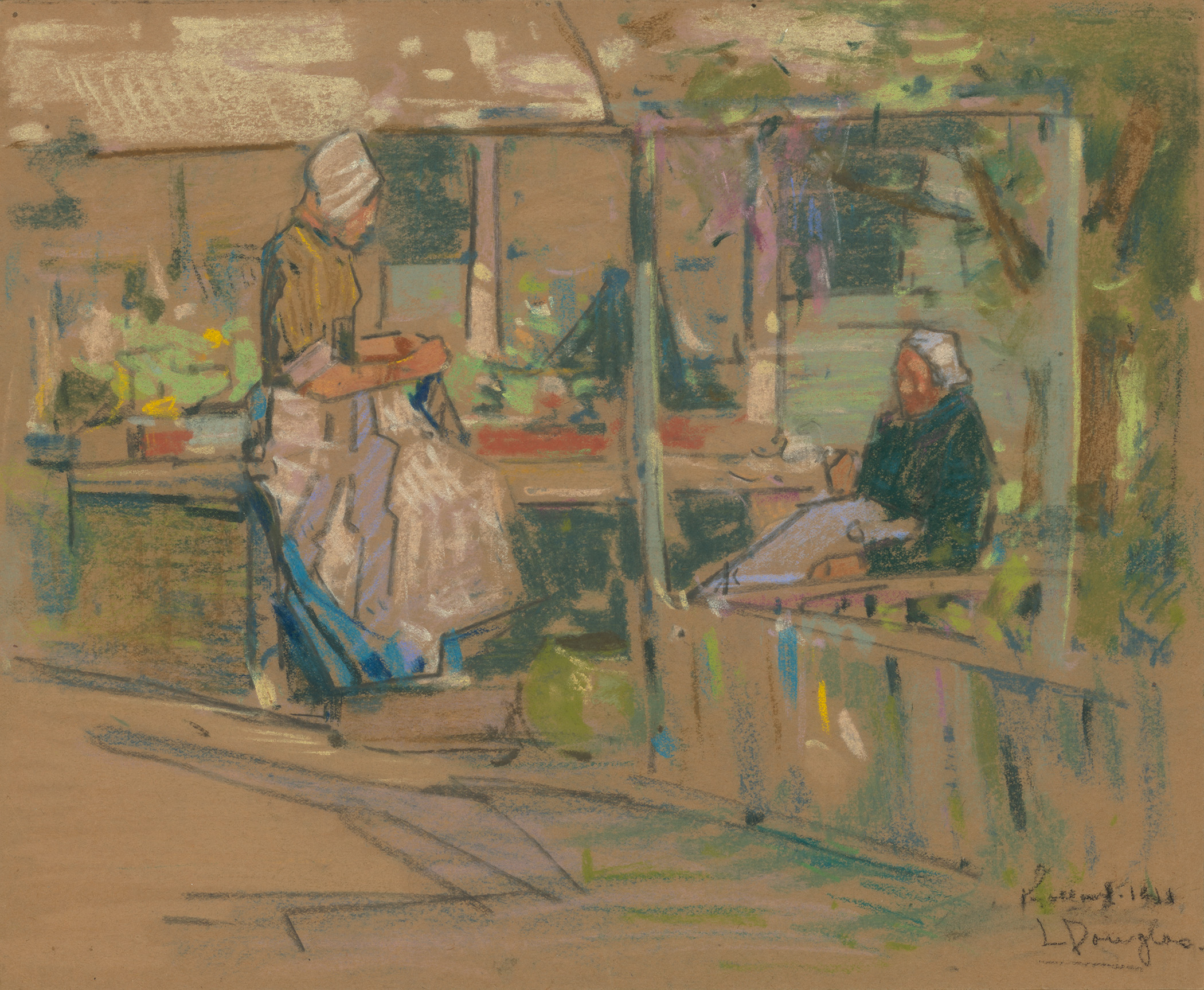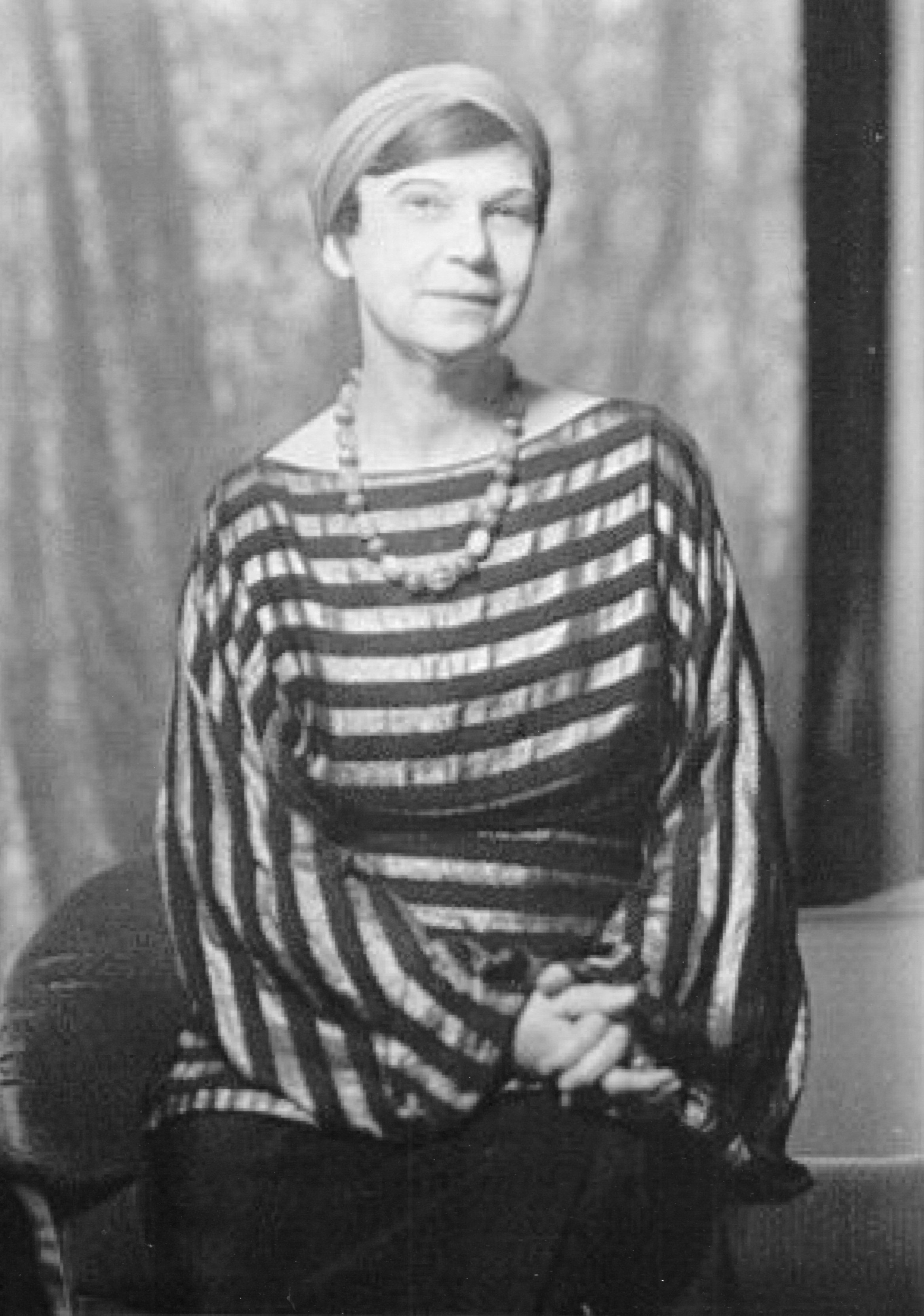
At the height of her career in the late 1920s and early 1930s, Lucille Sinclair Douglass (1878-1935) was described as one of the foremost women painter-etchers in the United States.

From war-torn China to the fabled “lost city” of Angkor Wat, she chased adventure and captured her experiences in pastels and etchings. Along with her popular lectures, her work as an artist made her a minor celebrity in America.
Her etchings of Chinese and Southeast Asian subjects entered major collections, including the Metropolitan Museum of Art, the British Museum, the Birmingham Museum of Art, and the Library of Congress.
Less than a decade after her death, she was largely forgotten, a victim of changing tastes and of a male-dominated canon.
Now, in this lavishly illustrated volume, Douglass’s remarkable spirit and artistic journey come to life once again.
 Born in 1878 in Birmingham, Alabama, when the ideal of the Southern Lady still dominated
perceptions about a woman’s proper sphere, Lucille managed to negotiate the constraints of the era to achieve her own personal liberation. She traveled on her own, worked for herself, supported the woman’s suffrage movement, and maintained strong and affectionate relationships with both men and women. In fact, her skill at building and maintaining relationships, particularly through women's clubs and organizations, was key to her success and offers a fascinating insight into how women of that age were able to overturn social convention on an individual level, to pursue careers and financial independence.
Born in 1878 in Birmingham, Alabama, when the ideal of the Southern Lady still dominated
perceptions about a woman’s proper sphere, Lucille managed to negotiate the constraints of the era to achieve her own personal liberation. She traveled on her own, worked for herself, supported the woman’s suffrage movement, and maintained strong and affectionate relationships with both men and women. In fact, her skill at building and maintaining relationships, particularly through women's clubs and organizations, was key to her success and offers a fascinating insight into how women of that age were able to overturn social convention on an individual level, to pursue careers and financial independence.
 Lucille's favorite places, China and Southeast Asia, were still sufficiently exotic for Westerners in the 1920s that she could stake a claim to relatively unknown territory and build a reputation on her depictions of it. Reviewers hailed her images of China as “everyday scenes,” sympathetic views that captured “the daily life of the people." At Angkor Wat, she worked alongside the French archaeologists and epigraphers to ensure her accuracy. Her scenes of the monuments and its environs were exhibited at the 1931 Paris Colonial Exposition, and the views she depicted can still be seen by visitors to the temple complexes today.
Lucille's favorite places, China and Southeast Asia, were still sufficiently exotic for Westerners in the 1920s that she could stake a claim to relatively unknown territory and build a reputation on her depictions of it. Reviewers hailed her images of China as “everyday scenes,” sympathetic views that captured “the daily life of the people." At Angkor Wat, she worked alongside the French archaeologists and epigraphers to ensure her accuracy. Her scenes of the monuments and its environs were exhibited at the 1931 Paris Colonial Exposition, and the views she depicted can still be seen by visitors to the temple complexes today.
Lucille Sinclair Douglass: A Life of Art and Adventure pays tribute to Lucille's adventurous spirit and wide-ranging artistry, and features reproductions of more than 80 of her works.
"This book--the product of Ingham's meticulous research and compelling storytelling—is the first-ever devoted to Lucille Douglass's life and work. It furthers her rediscovery and reinstatement in the history of
American art, where she is so richly deserving of a place."
—Graham C. Boettcher, Ph.D., R. Hugh Daniel Director of the
Birmingham Museum of Art, Birmingham, Alabama


